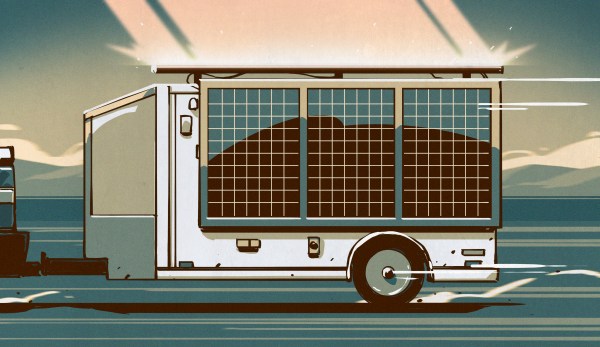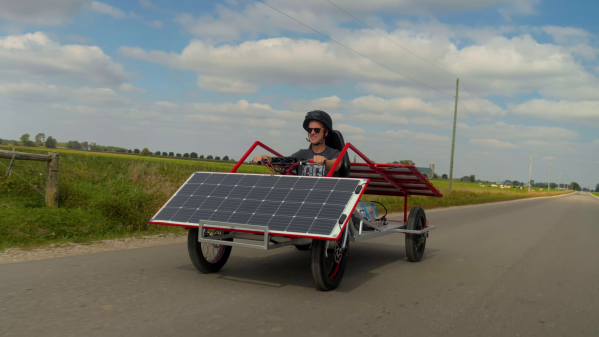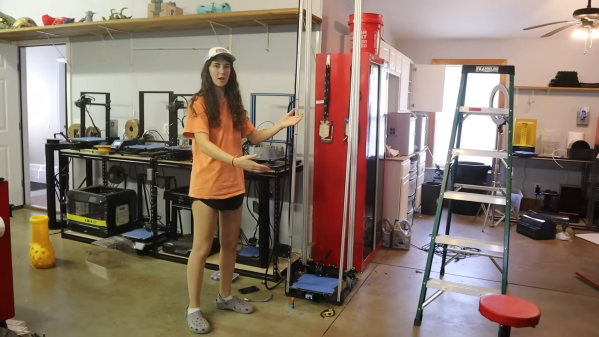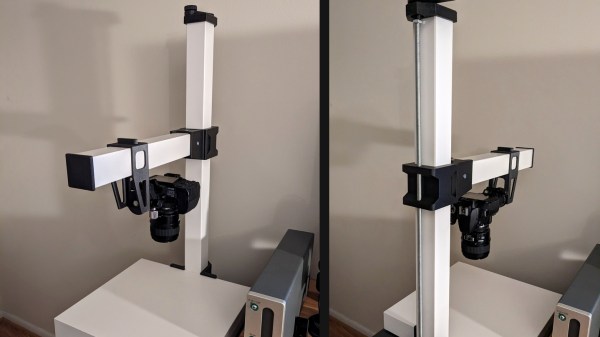Hydrogen! It’s a highly flammable gas that seems way too cool to be easy to come by. And yet, it’s actually trivial to make it out of water if you know how. [Maciej Nowak] has shown us how to do just that with his latest build.
The project in question is a simple hydrogen generator that relies on the electrolysis of water. Long story short, run a current through water and you can split H2O molecules up and make H2 and O2 molecules instead. From water, you get both hydrogen to burn and the oxygen to burn it in! Even better, when you do burn the hydrogen, it combines with the oxygen to make water again! It’s all too perfect.
This particular generator uses a series of acrylic tanks. Each is fitted with electrodes assembled from threaded rods to pass current through water. The tops of the tanks have barbed fittings which allow the gas produced to be plumbed off to another storage vessel for later use. The video shows us the construction of the generator, but we also get to see it in action—both in terms of generating gas from the water, and that gas later being used in some fun combustion experiments.
Pedants will point out this isn’t really just a hydrogen generator, because it’s generating oxygen too. Either way, it’s still cool. We’ve featured a few similar builds before as well.
(Pedantic editor’s note: Because this build doesn’t separate the H2 from the O2, what you get is a stoichiometric mix, or HHO, or “Oxyhydrogen“. By virtue of being in exactly the right ratio to combust, this stuff is significantly more explosive than pure H2. Be careful!)
Continue reading “Simple Hydrogen Generator Makes Bubbles And Looks Cool”





















